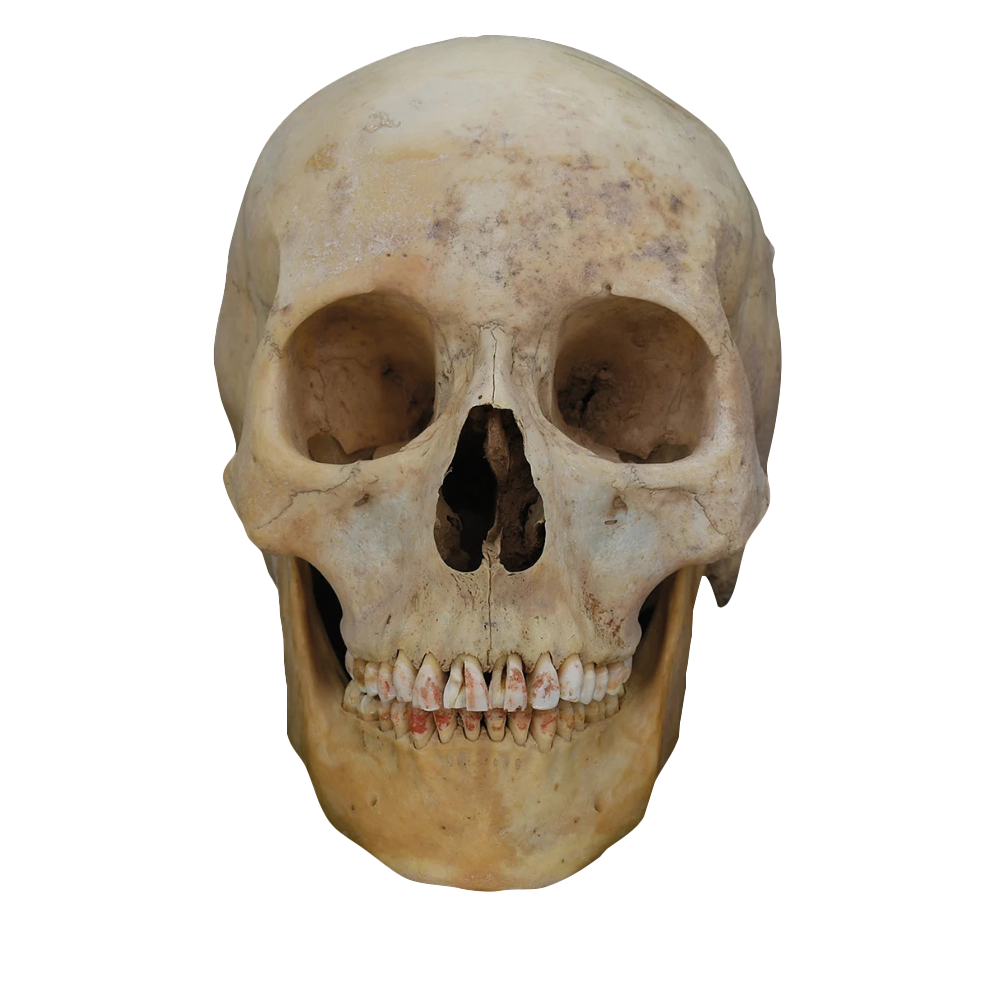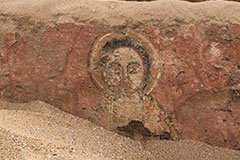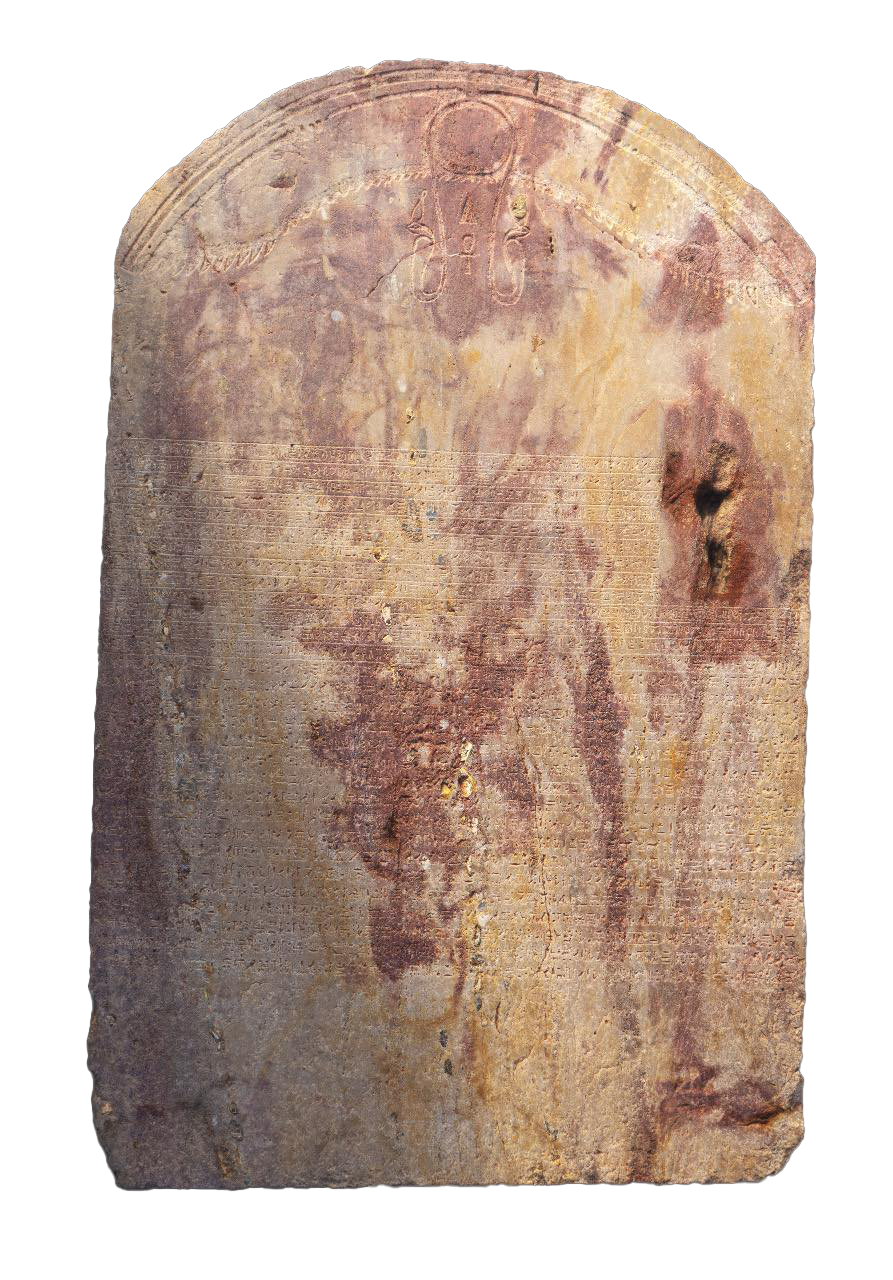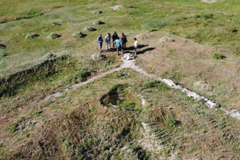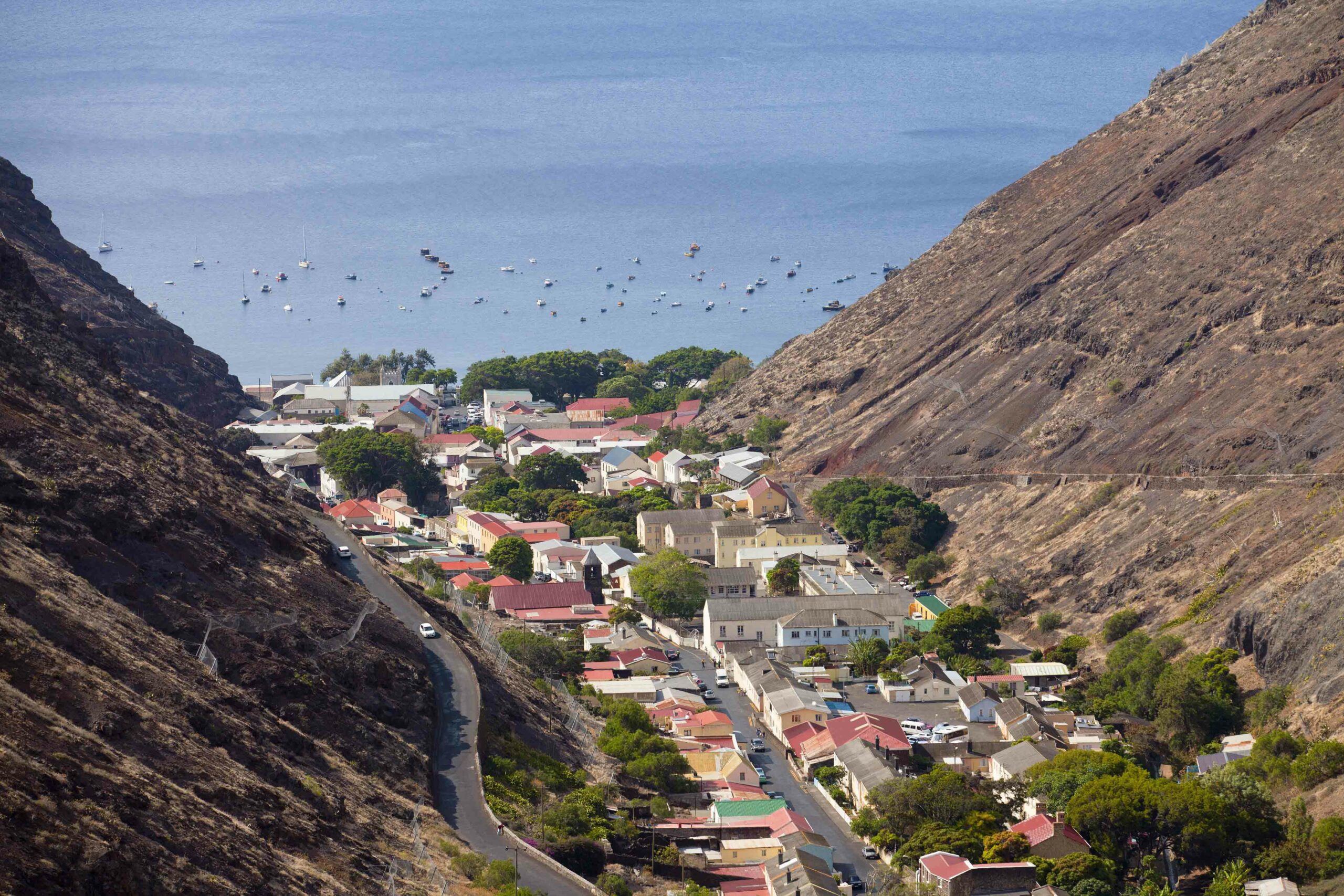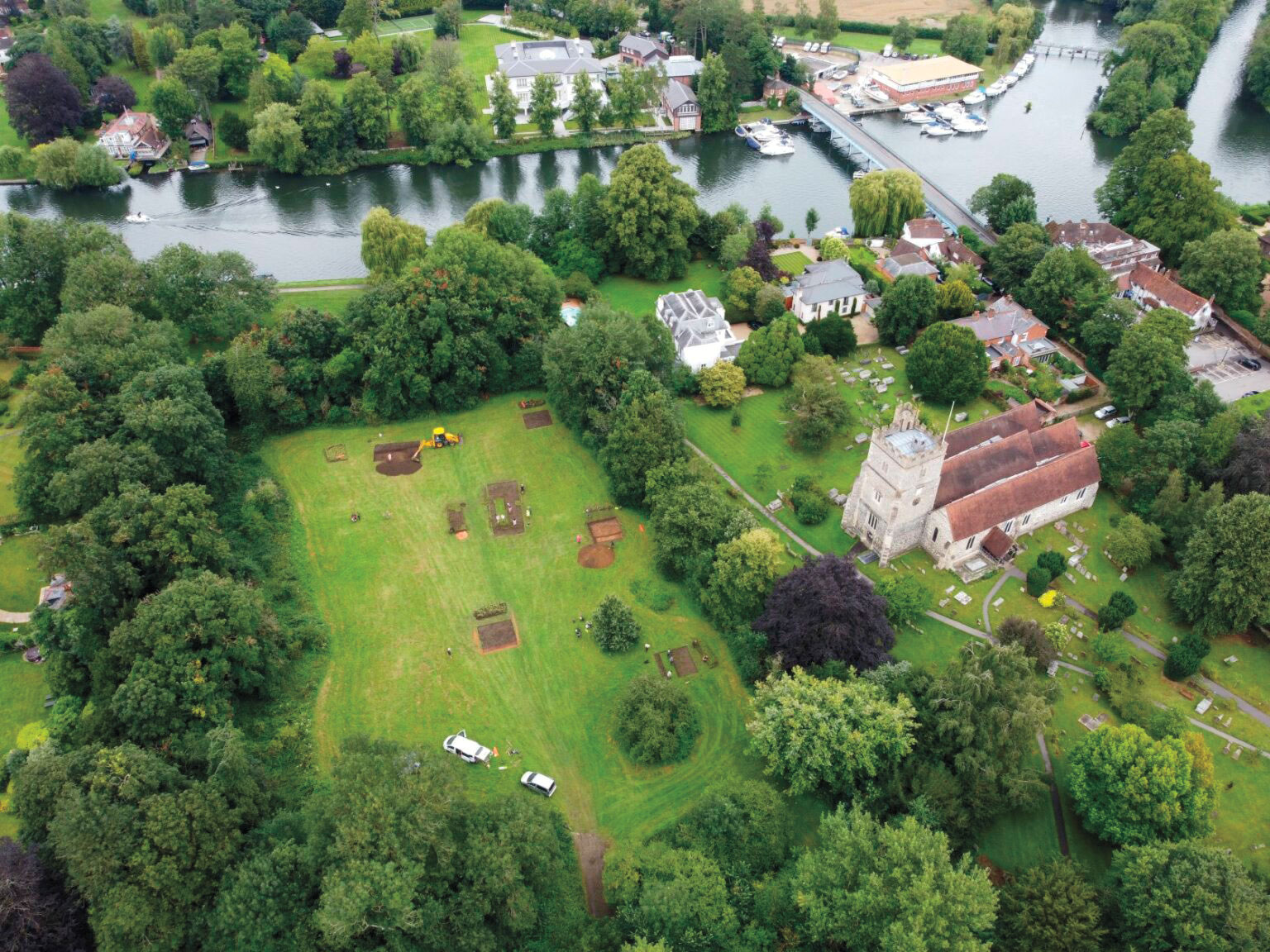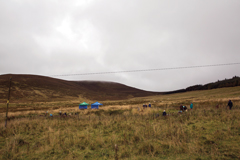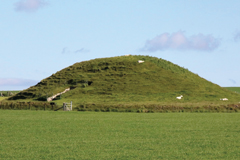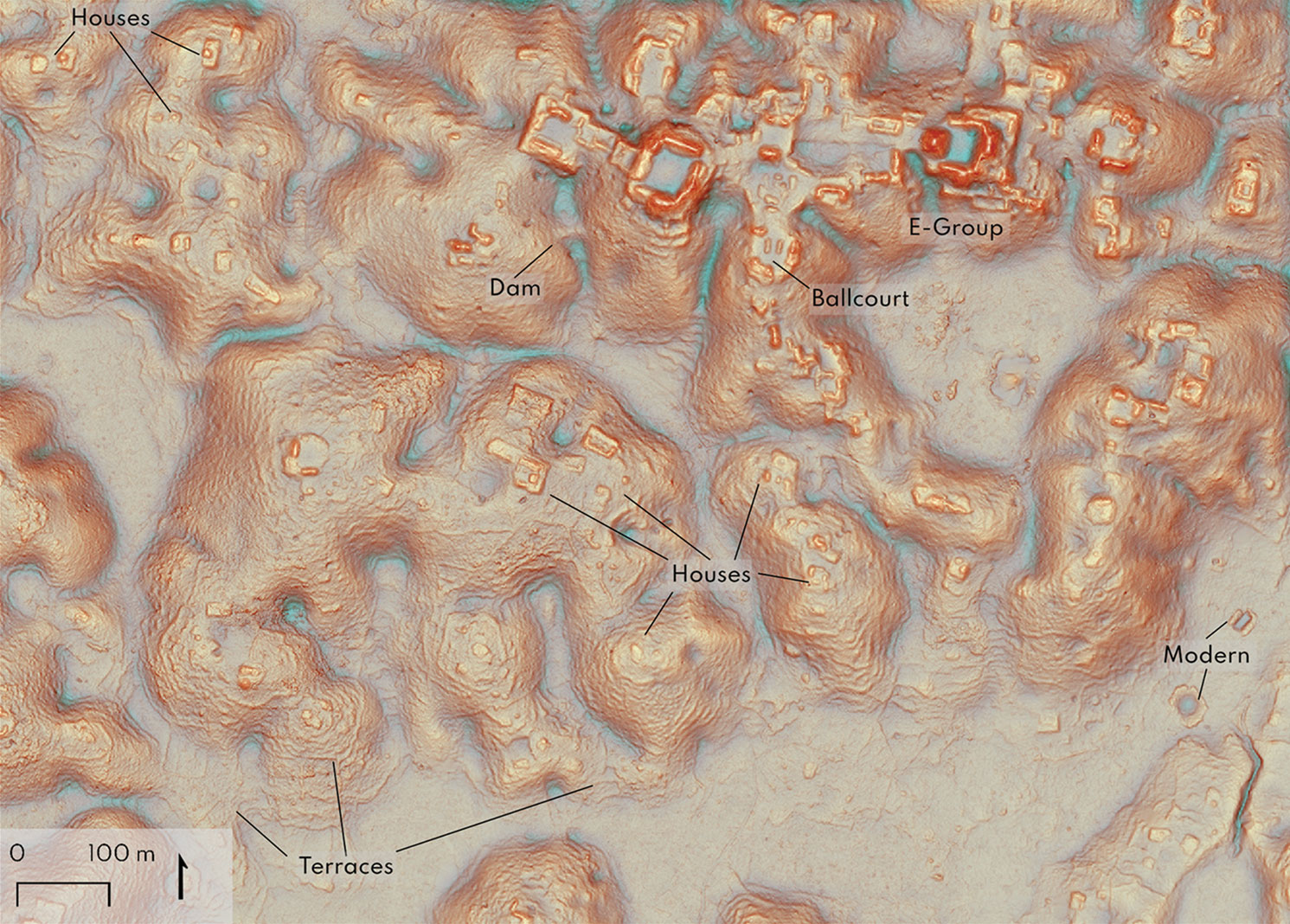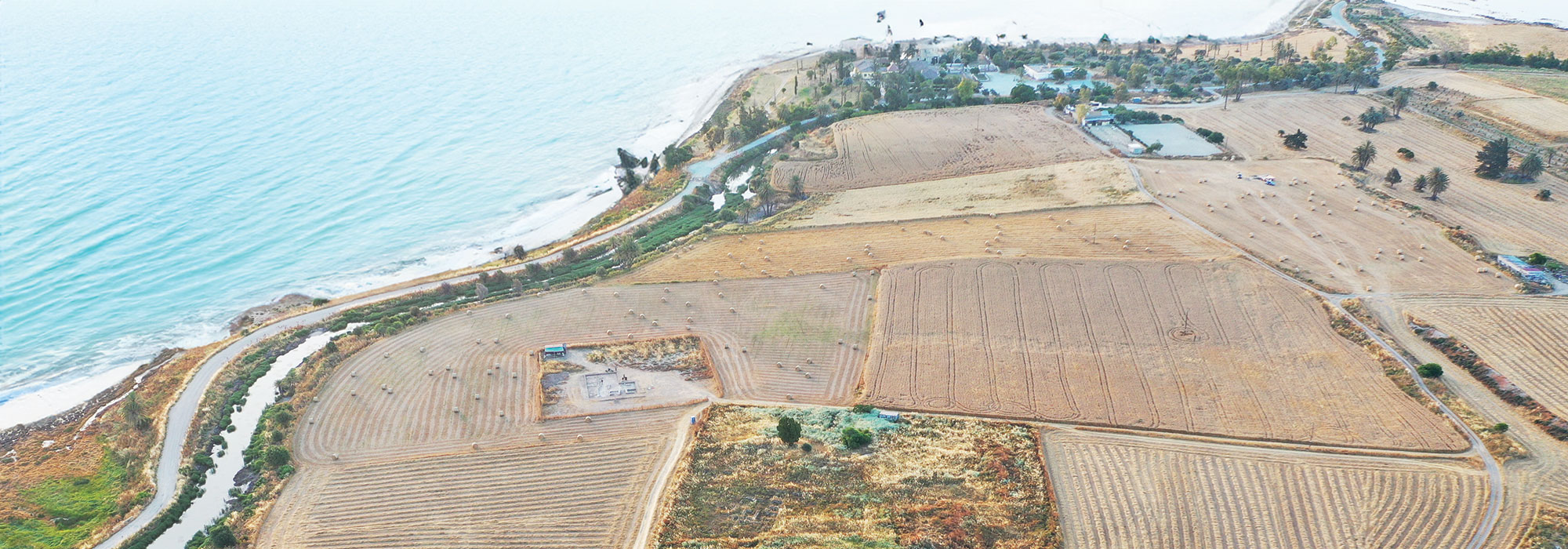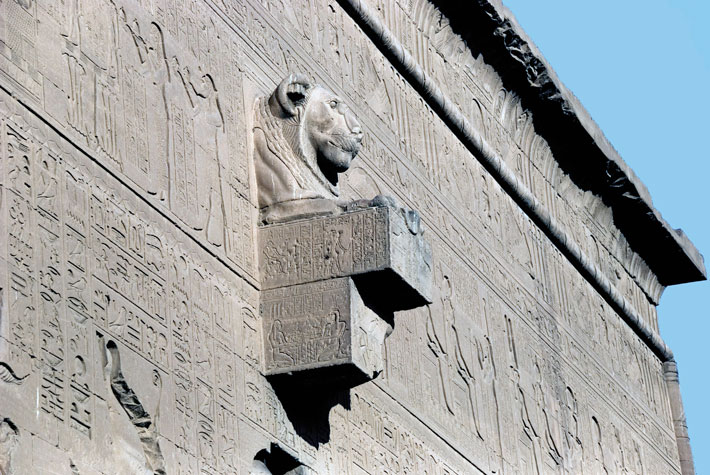
AUSTRALIA

Dingoes are considered a menace by many today, but 2,000 years ago people had a much different relationship with them. Although the canines are generally feral, Aboriginal peoples occasionally adopted them. Excavations at Curracurrang Rock Shelter in New South Wales suggest the two species even formed close bonds. Dingo burials found at the site alongside those of First Peoples indicate that the dogs were treated with great care, often receiving the same funerary rites and burial customs as their human companions.
Related Content

CHINA
Guards protecting the Great Wall of China 500 years ago during the Ming Dynasty had a secret weapon to toss at would-be assailants—hand grenades. While excavating the first storeroom ever found along the wall, near the popular Badaling section, archaeologists discovered a cache of 59 spherical projectiles. They were made of stone and had been drilled with holes that could be filled with gunpowder and sealed, creating an explosive effect when hurled at an enemy.
Related Content

SUDAN
Full-spectrum photography revealed a rare medieval tattoo on a man who lived at the monastic site of Ghazali in Nubia around 1,300 years ago. The right foot of the 35-to-50-year-old individual was marked with a Chi-Rho, a Christian symbol composed of the Greek letters chi and rho. This symbol was frequently used as an abbreviation for Jesus Christ, as chi and rho are the first two letters of the Greek word Christos.
Related Content

EGYPT
Early Egypt’s most powerful woman was buried with a wine cellar to match her status. Queen Meret-Neith, who reigned around 2950 B.C., may have been the first female pharaoh—she is, at least, the only woman to have her own monumental tomb in Egypt’s first royal cemetery at Abydos. The queen was surrounded by plentiful objects including hundreds of wine jars. Many of the vessels still contain stoppers, preserving their contents, which could provide new information about winemaking and trade in ancient Egypt.
Related Content
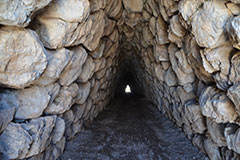
TURKEY
Researchers deciphered a pair of Anatolian hieroglyphs that were recently identified within the Yerkapı Tunnel at the site of Hattusha. The 230-foot passageway was built around 3,500 years ago and contains 249 enigmatic symbols on its walls. Only some of them have been partially translated. One section records that a man named Arisadu was responsible for the tunnel’s construction. Another seems to include the words “road” and “Tuthaliya Mountain,” suggesting that the tunnel may have served as a thoroughfare connecting the Hittite capital to this sacred peak.
Related Content

SAINT HELENA
Between 1840 and 1867, some 27,000 enslaved Africans were liberated from ships in the Atlantic Ocean by the British Royal Navy and brought to the island of Saint Helena, where they eventually settled. There are few records concerning this population, particularly about where they were originally abducted from. New DNA sequencing of 19th-century human remains unearthed on the island indicates that many of these individuals were likely from an area between northern Angola and Gabon in Central Africa.
Related Content
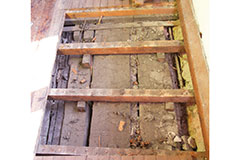
ENGLAND
Shakespeare’s stage? Perhaps. Renovations of St. George’s Guildhall in King’s Lynn revealed original 15th-century wooden floorboards obscured beneath layers of more recent flooring. The building opened in 1406 as a religious meeting house and was turned into a performance venue shortly thereafter. It has the largest surviving medieval timber floor in England. Records show that Shakespeare’s acting troupe played the theater in the 1592–1593 season, making the stage the only one known to exist that may have been trodden by the Bard himself during a live performance.
Related Content
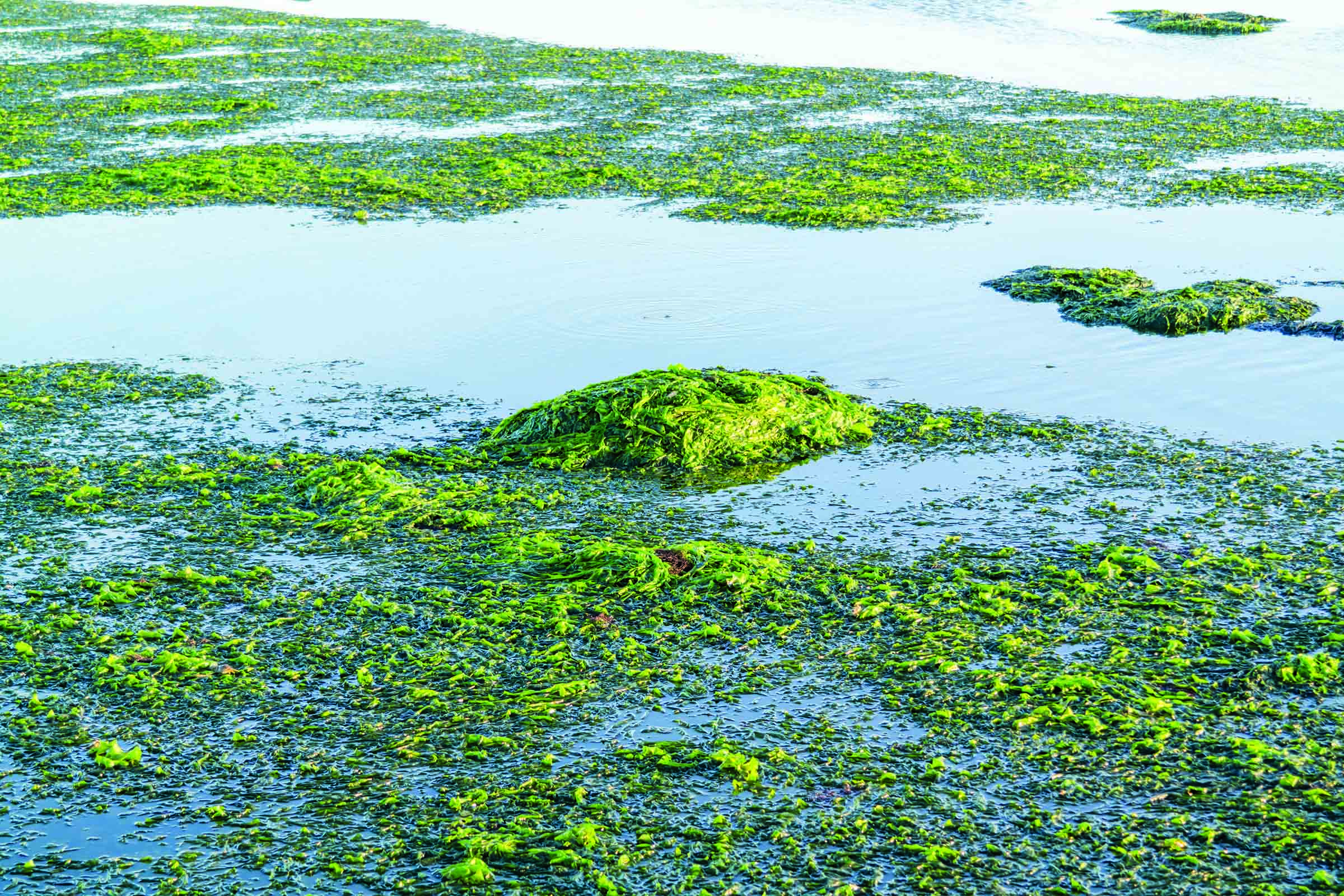
SCOTLAND
Although seaweed is considered a superfood, it’s rarely found on dinner tables in much of the Western world. This was not always the case. Analysis of dental plaque from dozens of individuals found in ancient sites across Europe, from northern Scotland to southern Spain, revealed that as far back as 8,000 years ago, people regularly ate seaweed as well as freshwater aquatic plants. It was only in recent centuries that the nutrient-rich vegetable was taken off the menu.
Related Content
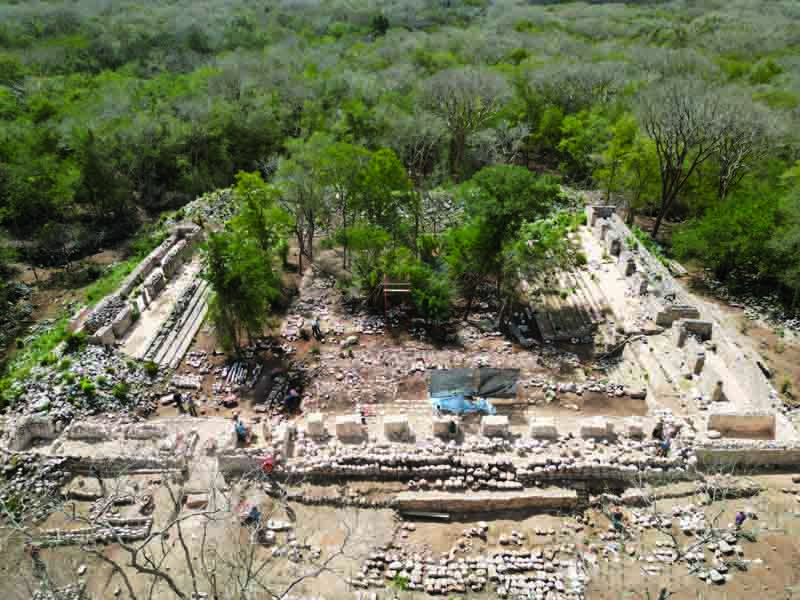
MEXICO
Mexican authorities announced the discovery of an extensive 1,500-year-old palace and residential area in the Maya city of Kabah on the Yucatán Peninsula, a site famous for its temple complexes decorated with images of the rain god Chaac. The recently uncovered palace is 85 feet long and has a porticoed facade with 8 pilasters, or flat columns. The building’s architectural features suggest that Kabah may have been founded by immigrants from Maya settlements in the Petén region of present-day Guatemala between A.D. 250 and 500.
Related Content
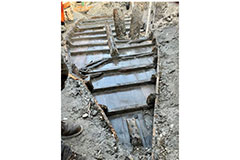
FLORIDA
A construction crew in downtown St. Augustine unearthed a well-preserved 19th-century ship lying around 8 feet beneath the current street level. The single-mast, flat-bottomed boat, which would have measured around 28 feet long, was probably used to fish or collect shellfish from local waterways. It likely sank or was abandoned along the shoreline before being gradually silted over and buried. Archaeologists also found a kerosene lamp, a pair of shoes, and coconut-shell cups.






